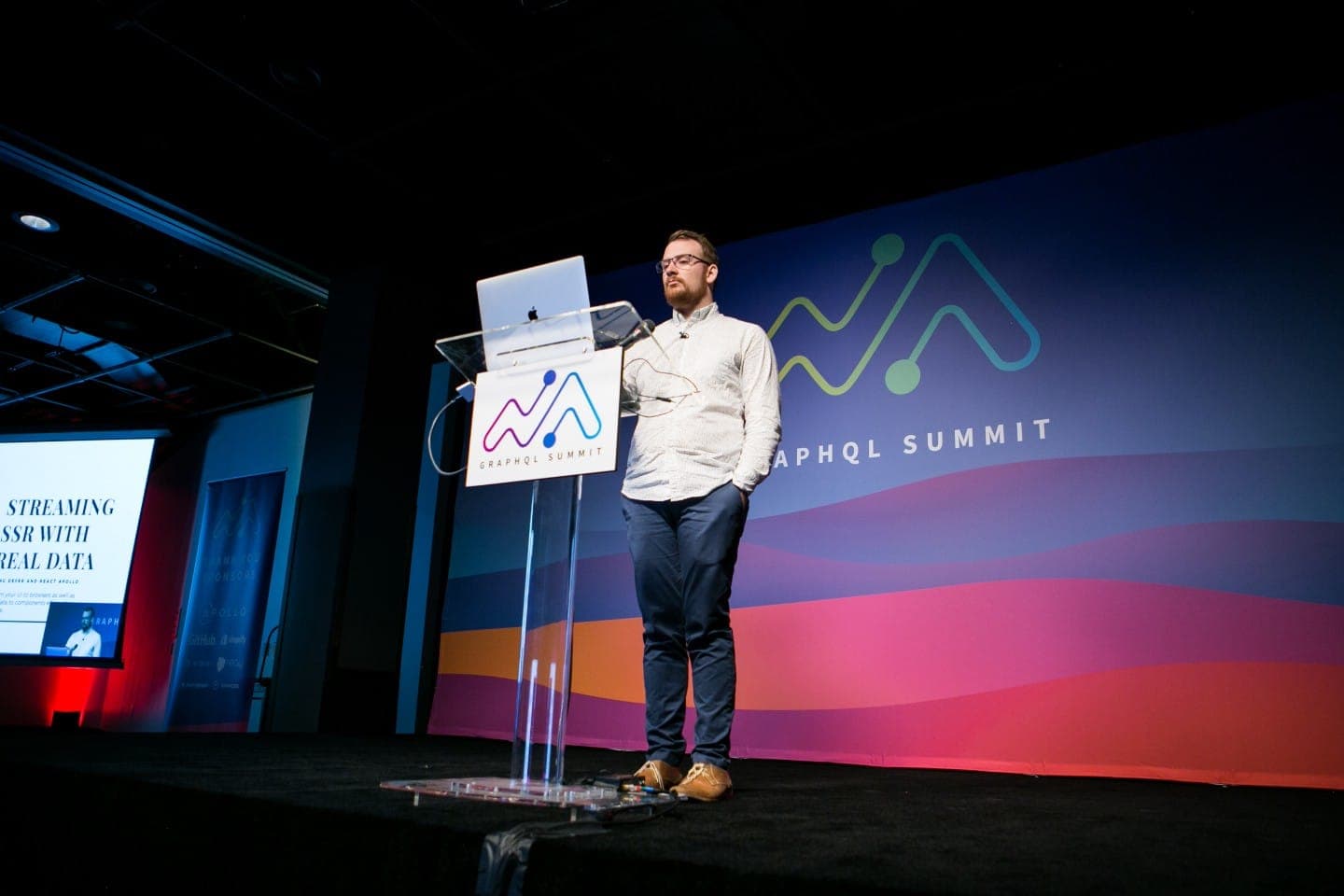Apollo Client, a powerful and flexible GraphQL client library, just reached version 2.0. In this post, we want to highlight some of the major changes compared to the previous release.

Simple modularity with Apollo Link
Probably the biggest change in Apollo Client 2.0 is the transition from using the concept of a network interface to a more modular approach based on a new primitive: Apollo Link.
Note: To learn more about the motivation behind Apollo Link, check out this article by Evans Hauser who worked on Apollo Link as a summer intern: Apollo Link: The modular GraphQL network stack
The now deprecated network interface used to enable your ApolloClient instance to send HTTP requests. It was also possible to hook into the process of preparing and sending the request (or processing the response) using the concept of middleware, e.g. for adding headers to the request.
Apollo Client 2.0 still is based on the idea of middleware — however, this middleware now actually is a first-class citizen and can be implemented using Apollo Link. For each task that you require for your networking stack (data validation, logging, caching,…) you can now write a dedicated link and simply add it to the chain of middleware that’s invoked whenever you’re sending a request.
Here is what a simple implementation for a Link that’s making HTTP calls based on graphql-request looks like:
There are already a number of officially supported links which you can simply pull into your application using npm. Here’s a quick overview over a few of them (see here for the full list):
apollo-link-http: Used to send GraphQL operations over HTTPapollo-link-error: Used for custom error reporting (e.g. with Sentry)apollo-link-dedup: Deduplicated matching requests before sending themapollo-link-ws: Used to send GraphQL operations over Websockets (often used for subscriptions)
Observables instead of Promises
Another major change in going from 1.x to 2.0 is that Observables are replacing Promises as the core primitive for how data is processed.
At a basic level, a Link is a function that takes a (GraphQL) operation and returns an Observable.
The biggest difference between Promises and Observables is that an Observable represents a stream of data (meaning it can receive multiple values over time) while a Promise only represents a single value resulting from an asynchronous operation.
Observables emit events during their lifetime, there generally are three kinds of events:
- The
nextevent carries the data the observers are interested in. This event can (but doesn’t have to) be emitted multiple times. For example, if an Observable represents a simple HTTP request,nextwill be emitted only once. If it represents mouse click events, it can emit any number of events until the Observable terminates. - The
errorevent indicates that an error occurred and terminates the Observable. Observers will receive some information that describes the error attached to the event. - The
completedevent simply terminates the Observable and doesn’t carry any data.
This example from Evans Hauser’s article makes the role of these events clear:
The CatchLink intercepts any errors that are received from the API and places them in the data field of the GraphQL response, thus treating them as regular response data which are not terminating the Observable. In the case of next and completed events it simply forwards these to the observers.
The introduction of Observables opens the door to use links for implementing not only regular queries and mutations that follow the classic “request-response-cycle”, but also for subscriptions or live queries which continuously receive data from the server.
New npm package structure
If you have used react-apollo before, you most likely know that it was the only dependency you had to install in your application to import anything you’d need from Apollo Client (except for subscriptions). A typical setup with react-apollo looked as follows:
Since one major theme of Apollo Client 2.0 is modularity, you now have to import your functionality from multiple individual packages:
In order to send queries and mutations, you also need to explicitly install the graphql-tag and even graphql libraries.
To offer some convenience when getting started, the Apollo team created the apollo-client-presets package which includes apollo-client, apollo-cache-inmemory and apollo-link-http. Read more about the installation in the README.
What’s next
Apollo Client is a community-driven effort and thanks to the new link concept, it’s possible to write dedicated pieces of functionality and share them with other developers. This enables different cache implementations (so you’re not depending on Redux any more when using Apollo Client), offline support, deferred queries and much more! Exciting times for GraphQL 💚
To learn more about Apollo Client 2.0 follow the React & Apollo tutorial on How to GraphQL.
Don’t miss the next post!
Sign up for the Prisma Newsletter